Sand Bar Anchoring Tips: Master the Basics Before You Drop the Hook
Sand bar anchoring tips are essential knowledge for boaters seeking calm, shallow-water escapes across the U.S. As summer unfolds and water temperatures rise, destinations like Florida’s Intracoastal Waterway or California’s Channel Islands come alive with floating families, solo paddlers, and social crews chasing the perfect sandbar. These shallow oases promise snorkeling, swimming, and grilling in protected waters — but only if you anchor correctly. This guide reveals expert sand bar anchoring tips tailored for safe, confident getaways, no matter your region or experience level.
Scout the Ideal Anchoring Spot: Local Knowledge Is Key
Sandbars vary widely in accessibility, amenities, and crowd levels. While popular hotspots like Destin’s Crab Island draw crowds with party vibes, hidden gems such as Bottle Key near Key Largo offer serene scenery and gentle tides — ideal for families or solo cruisers. Research goes a long way when planning a day on the sandbar.
Use apps like Navionics or i-Boating to view local sandbars, depth contours, and user-submitted anchoring data. Prioritize sandbars shielded from open wind and current, located away from main channels to avoid disruptive boat wakes. Planning around tidal access ensures you won’t beach the boat unintentionally or get stranded.
Tip: Chat with staff at local marinas or charter captains in areas like the Florida Keys or San Diego. These pros often share lesser-known locations perfect for a quiet paddleboard outing or family beach picnic.
Select the Right Anchoring Gear for Sand Bar Conditions
Choosing the correct equipment is a core part of any effective sand bar anchoring tips. Sand bottoms provide excellent holding — provided you match your gear to the environment. A Danforth (fluke) anchor works well in soft sand thanks to its sharp blades. In high-current or heavy boat areas like Mission Bay, a box anchor delivers extra grip with minimal rode.
Don’t overlook your rode — use a 5:1 scope in shallow water, which means at least 20 feet of rode for 4 feet of depth. Always include 6–10 feet of chain at the anchor end to help it lay flat and dig in securely. For extra stability, especially during busy weekends, set both a bow and stern anchor to hold your vessel in position despite wind or passing wakes.
Insider tip: At Gulf Coast favorites such as Egmont Key, seasoned boaters keep a beach screw or lightweight sand anchor handy. When beaching bow-in, they also drop a stern anchor to avoid side drift and ensure respectful spacing near other vessels.
Set Your Anchor Like a Pro: Technique Matters
Proper anchoring technique is fundamental to any list of sand bar anchoring tips. Approach your desired spot slowly, facing into the prevailing wind or current. First, drop the bow anchor while drifting gently backward. Let out the full rode, then reverse slightly to help the anchor dig in. A properly set anchor prevents mid-day repositioning and keeps swimmers safe.
If you’re working with a second anchor, use a dinghy or wade ashore with the stern anchor. Placing it securely completes your setup and keeps the boat from swinging side to side — especially important in densely packed areas like Party Cove in Lake Havasu.
Avoid this common mistake: Never drop the anchor while in forward motion; it won’t grab. Confirm the anchor’s set by gently applying reverse thrust until you feel it holding.
Tide and Weather Planning: Stay Safe with Situational Awareness
No collection of sand bar anchoring tips is complete without highlighting tides and forecasts. Coastal sandbars like Hawaii’s Kaneohe or Monomoy Island in Cape Cod are stunning at low tide — then disappear with rising water or become hazardous in high surf. Always check tide charts before departing using tools from NOAA or Tides4Fishing.com.
Some regions, such as the Georgia Sea Islands, experience six-foot tidal swings. Your boat may go from safely floating to beached on oyster beds in a few hours. Plan outings around slack tide to minimize current — perfect timing for snorkeling and kids’ wading zones.
Also, track local wind conditions. Sudden shifts can swing your boat and test your anchor’s limits. Seek sandbars with natural wind barriers like mangroves or dunes, and always align your vessel bow-first into the breeze when feasible.
Respect Nature and Fellow Boaters at Every Sandbar
Any responsible boating includes promoting eco-friendly sand bar anchoring tips. Sandbars often shelter delicate ecosystems—seagrass beds, nesting birds, and juvenile marine life. Help preserve these areas by avoiding prop dredging, using mooring buoys where available, and never discharging waste or litter.
In high-traffic zones such as Anclote Key or Shell Key Preserve, approach slowly, signal intentions, and maintain safe spacing. Respect quiet zones and use anchors carefully to avoid damaging underwater habitats. Use polarized sunglasses or sonar to spot and steer around seagrass.
- Trim motors in shallow areas to prevent scarring the seabed.
- Use reusable containers and secure all trash before departure.
- Stick to sandy or marked anchoring spots — not on marine life zones.
Family boaters will benefit from sandbars with nearby public amenities, such as restrooms or picnic areas. Meanwhile, solo travelers might prefer off-grid sandbars within Florida’s Ten Thousand Islands. Regardless of preference, responsible behavior ensures these special places remain open and thriving for all.
Pro Sand Bar Anchoring Tips by Popular Region
Fine-tune your sand bar experience with these regional sand bar anchoring tips based on local conditions and boating culture:
Florida Keys
- Hotspot: Marvin Key — shallow-draft friendly, ideal for skiffs and kayakers.
- Local Insight: Dual anchors advised due to swift tidal swings. Arrive early for a quiet anchor spot.
Lake Havasu, Arizona
- Hotspot: Party Cove — tight anchoring area, stern-to beaching is standard.
- Local Insight: Bring two anchors and fenders. Sand spikes work great near shore.
Cape Cod, Massachusetts
- Hotspot: Washburn Island Sandbar — excellent for family-friendly clamming or shallow-water play.
- Local Insight: Use updated NOAA charts; shifting shoals can alter safe entry points seasonally.
San Diego, California
- Hotspot: Mariners Basin — calm conditions support anchoring for paddleboarding and lounging.
- Local Insight: Mushroom anchors with chain sections hold best in looser sand here.
Plan Ahead and Anchor With Confidence
Whether you’re organizing a floating day party or a peaceful paddleboarding retreat, applying proper sand bar anchoring tips makes the experience smoother and safer. With the right gear, knowledge of local tides and weather, and an environmentally conscious approach, you can make the most of your next sandy anchorage.
From selecting the right anchor to mastering setting techniques and respecting marine ecosystems, every step adds value to your boating trip. Sandbars promise relaxation and fun — but only if you take steps to stay secure and respectful.
Now that you’ve got the know-how, your next sandbar getaway awaits. Drop anchor, soak up the sun, and enjoy the water with confidence.
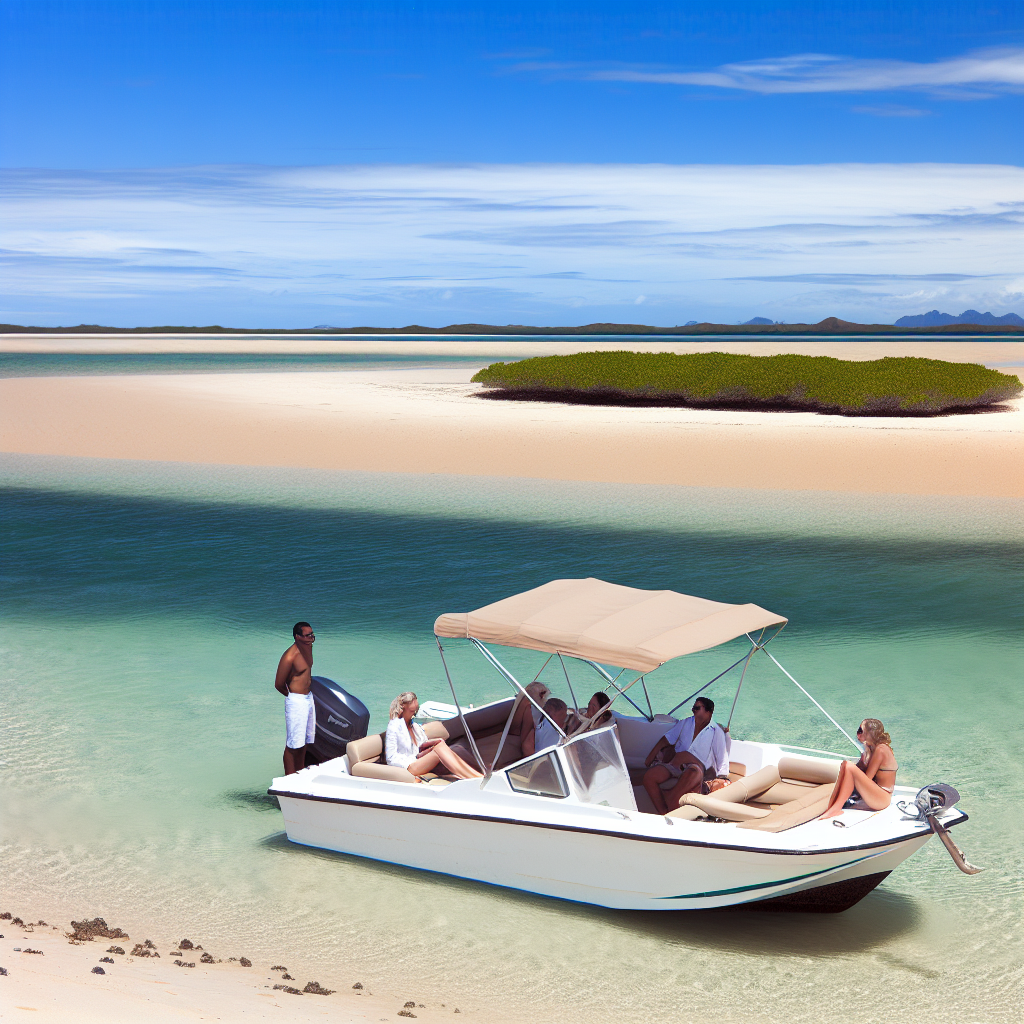
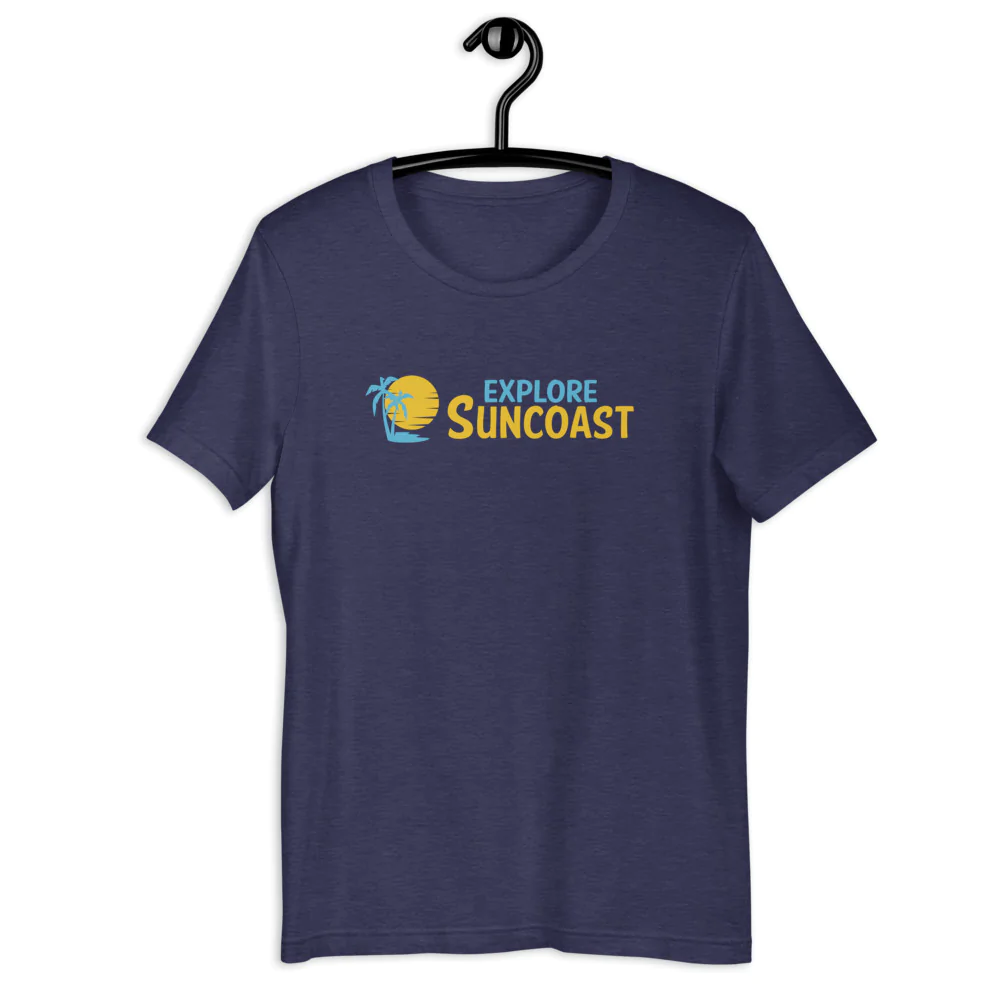



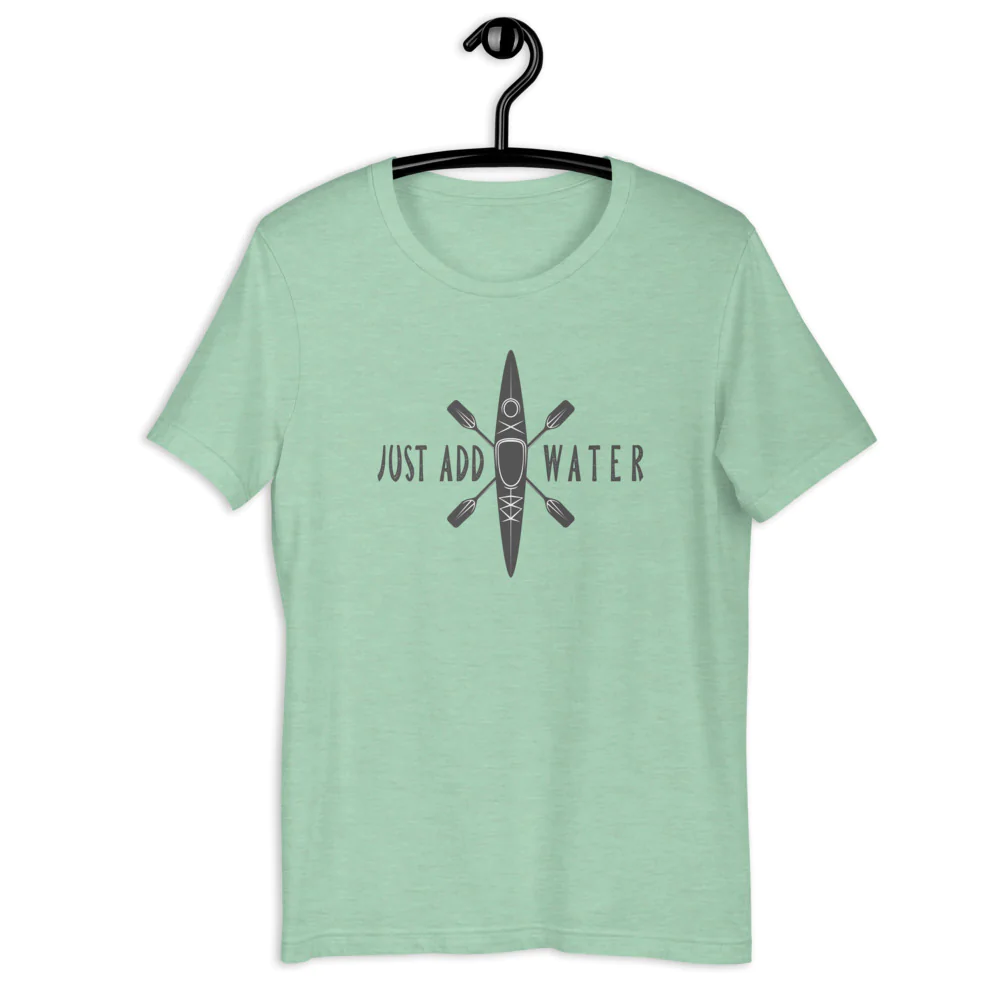
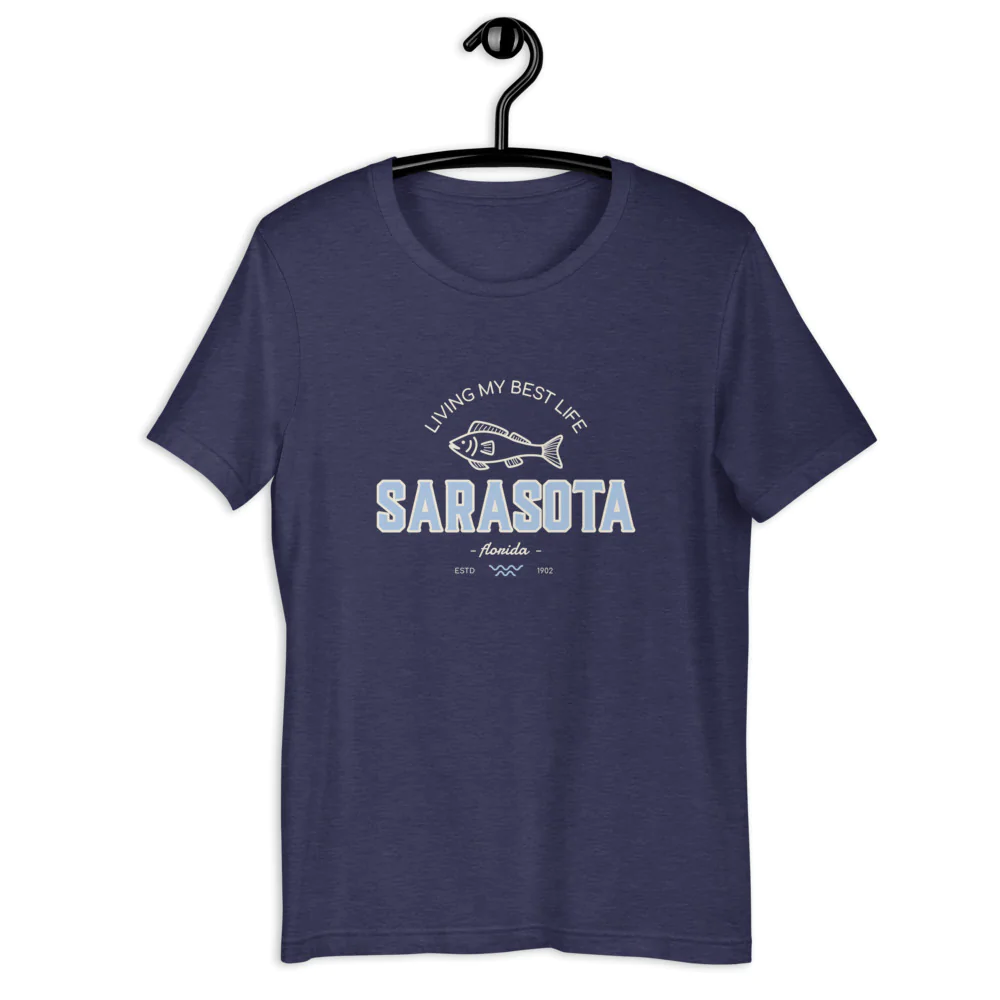

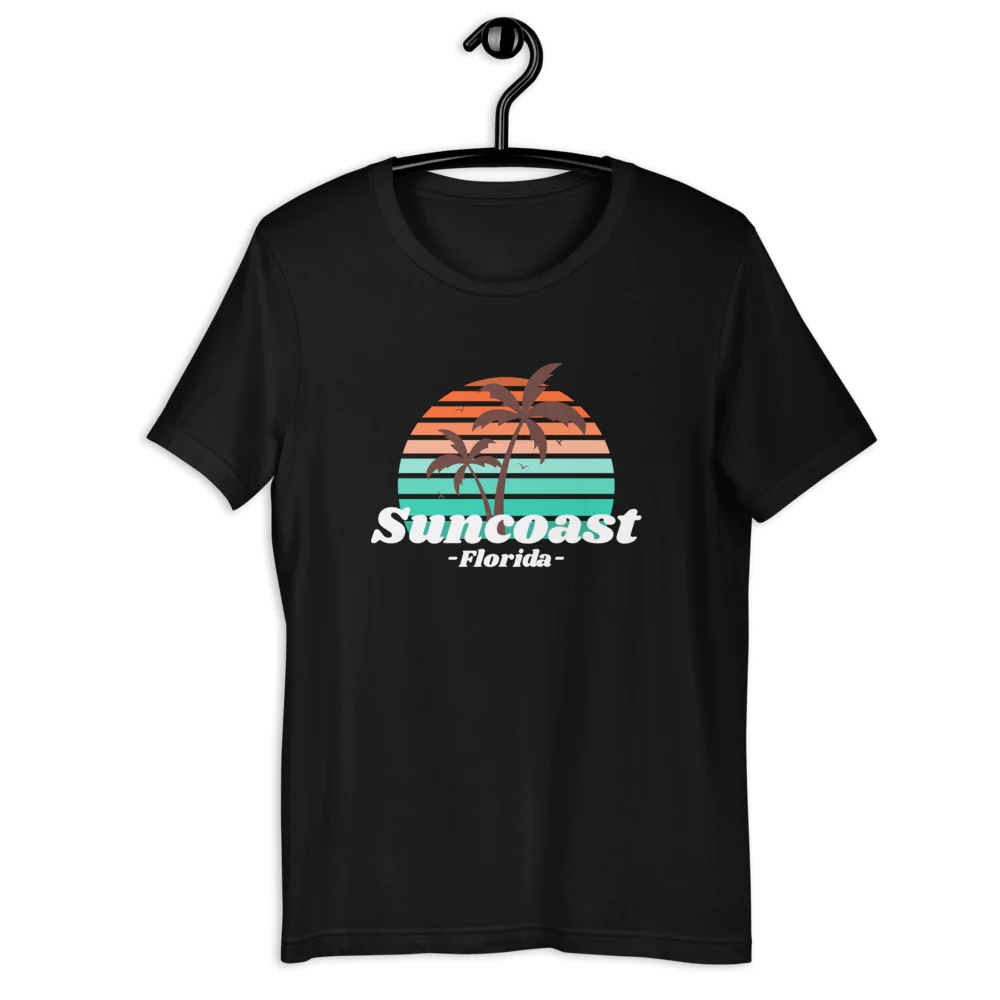
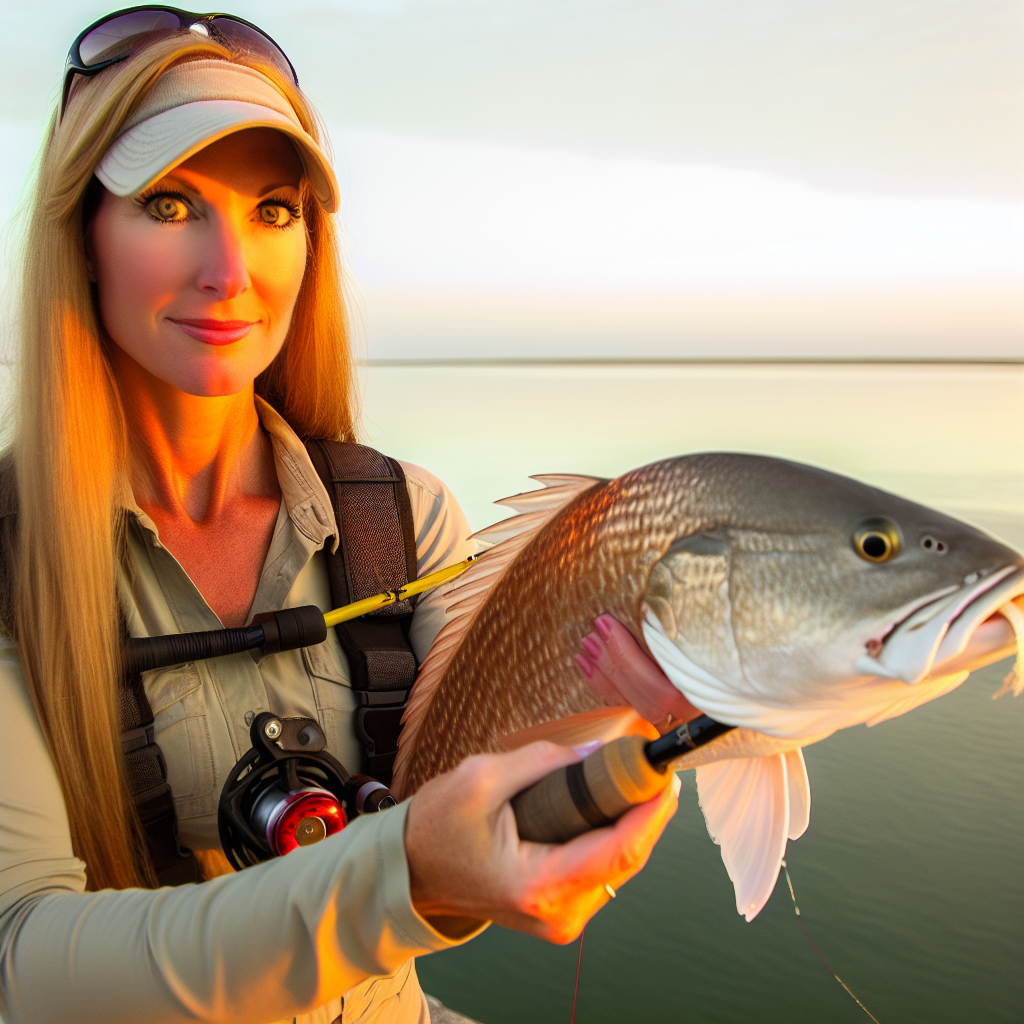





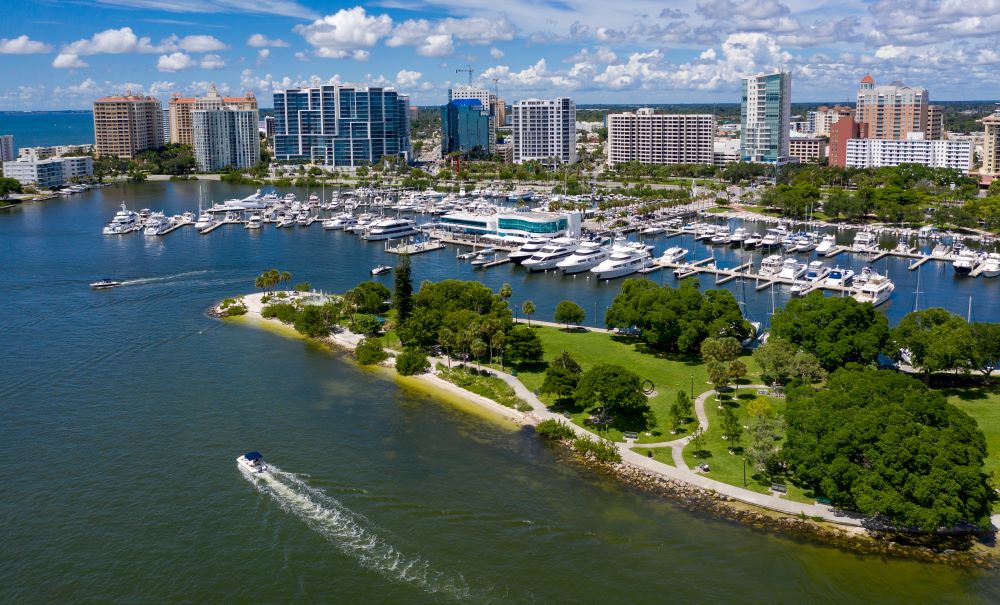
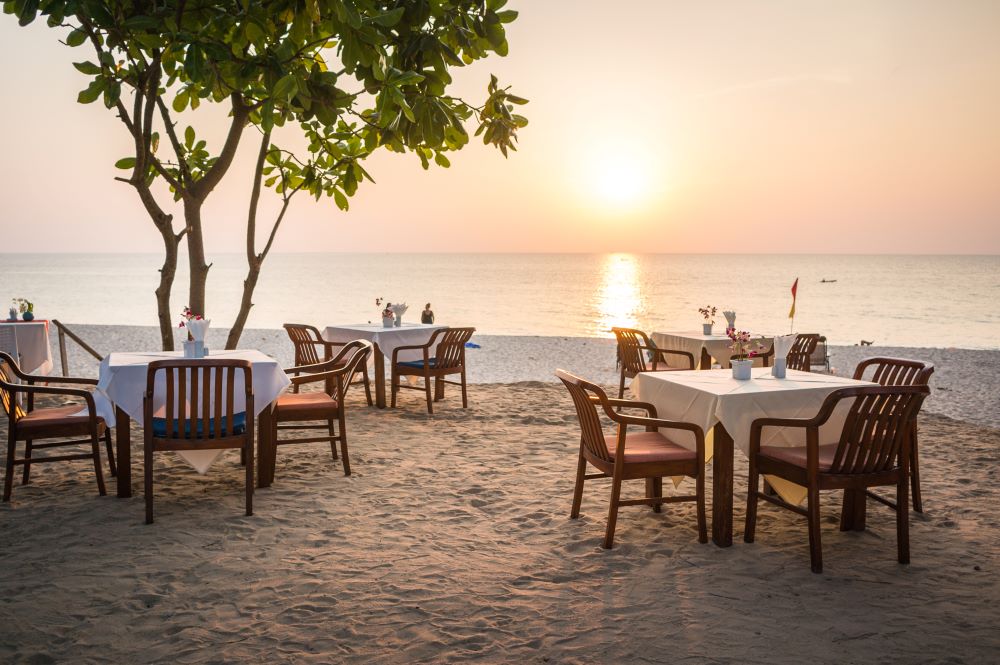


Share This Page